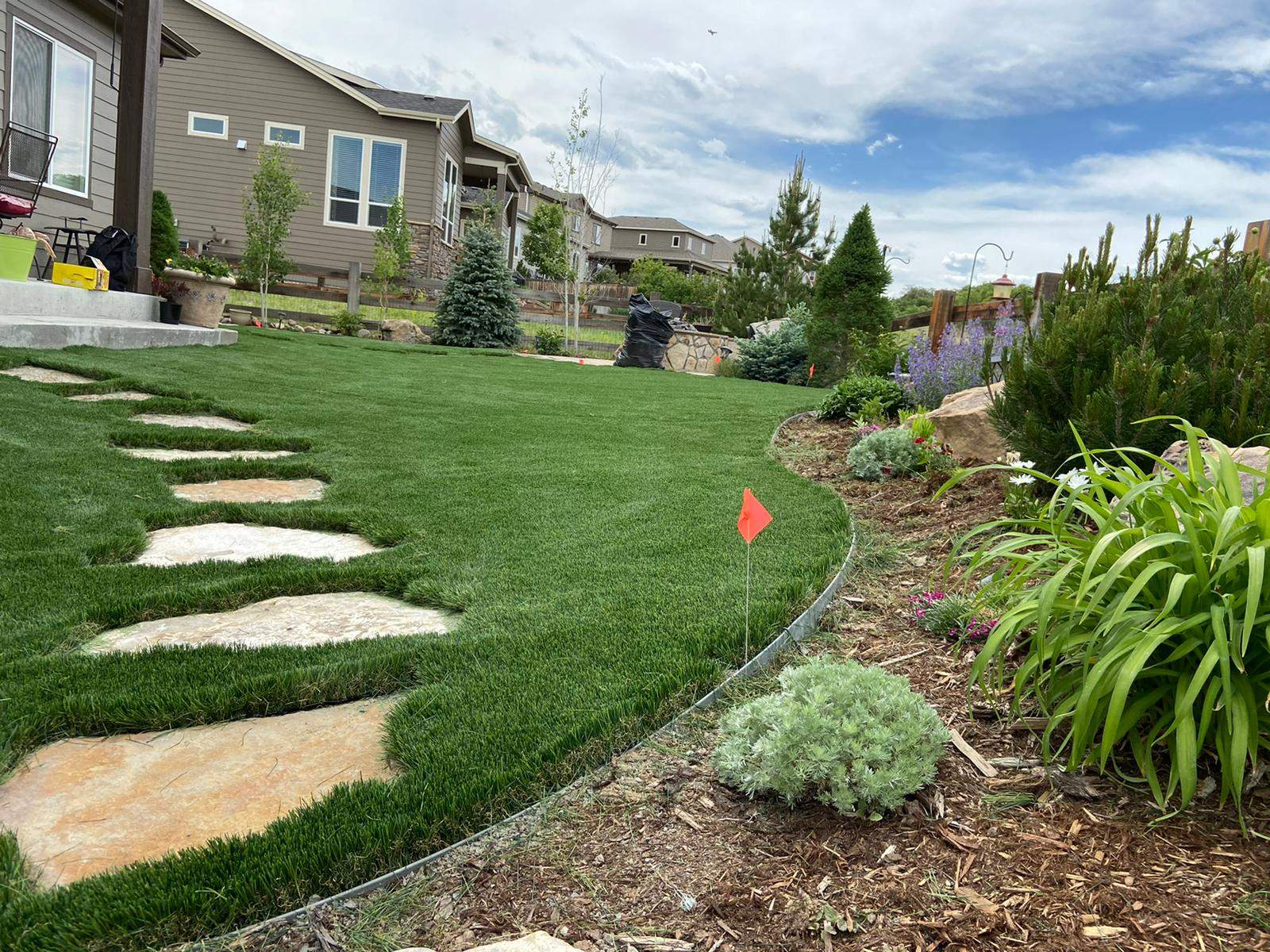Embarking on the journey of house training your canine companion is a pivotal step towards a harmonious life together. Whether you are nurturing a sprightly new puppy or fostering an older dog’s transition to a new environment, mastering pet training fundamentals can ensure a smooth and clean cohabitation. You can find house clearance near me.
Key Takeaways
- Begin house training by establishing a consistent routine, which is central to a dog’s learning process.
- Discover the signals indicative of your dog’s need to go out and respond promptly to avoid in-house accidents.
- Choose the right training tools and accessories that cater to your dog’s specific house training needs.
- Implement positive reinforcement techniques to boost your dog’s morale and reinforce good behavior.
- Understand the value of patience and a supportive environment in helping your dog achieve house training success.
- Learn how to appropriately address setbacks and utilize corrections that promote learning instead of fear.
Understanding Your Dog’s House Training Needs
Embarking on house training entails more than just a few tips and tricks; it’s about understanding the unique characteristics and requirements of your canine partner. By exploring the most effective ways to train dogs, we can tailor a program that adapts to their specific needs, taking into consideration their age, breed, and behavior cues.
Establishing a Routine
For any successful house training effort, creating a well-structured routine is paramount. Determining a dog’s feeding, walking, and potty schedule sets the foundation for consistent habits. When you enroll in classes for dog training, professionals can highlight different methods of dog training that assist in establishing such routines. A sound routine not only aids dogs in understanding when and where they should do their business but also in developing a natural body rhythm that aligns with your household’s schedule.
Recognizing Signs That It’s Time
Vigilance is critical when learning dogs’ behavioral cues that signpost their need to go outside. These signals might include subtle actions like sniffing around or more evident ones such as whining and pacing. With proper training, including utilizing a dog training class, dogs can be taught to communicate effectively using signals or commands, making it imperative for owners to quickly recognize and respond to these cues.
Accounting for Age and Breed Differences
When pondering how to start dog training, consider how a dog’s age and breed might shape the experience. Puppies, with their developing bodies, will inherently require frequent potty breaks. On the other hand, older dogs may bring a history that includes previously established, sometimes stubborn, habits. Similarly, breed-specific traits may influence where to start with dog training, as some breeds naturally adapt to training more quickly than others. This dynamic landscape underlines the need for personalized approaches to house training.
- For beginners keen on learning how to best train dogs, emphasizing the right starting point is essential.
- Where you start with dog training depends on the dog—understanding them paves the path to success.
- Different methods of dog training cater to various dispositions, reinforcing the importance of custom routines.
No ‘one size fits all’ method exists when tackling the subject of what to train your dog, but the best ways to train your dog are invariably the ones that take into full account their age, breed, personality, and learning capabilities. This holistic approach is fundamental for both dog and owner to thrive throughout the training process.
Essential Tools and Accessories for Effective House Training
Equipping yourself with the right tools and accessories is a critical step in house training your furry friend. In this section, we outline the must-have items and resources that can aid you in implementing efficient dog training tips for beginners. Moreover, we will underscore how these tools are applied in various pet training classes, enhancing the learning curve for both you and your dog.
Beyond reading articles on dog training, hands-on experience is vital. That’s where pet training classes come into play. They offer practical demonstrations and opportunities to use these tools under professional guidance. Notably, trainers also consider the temperament and size of your pet when suggesting the optimal training equipment. Effectively using these tools facilitates a clear communication channel and lays the groundwork for successful house training.



